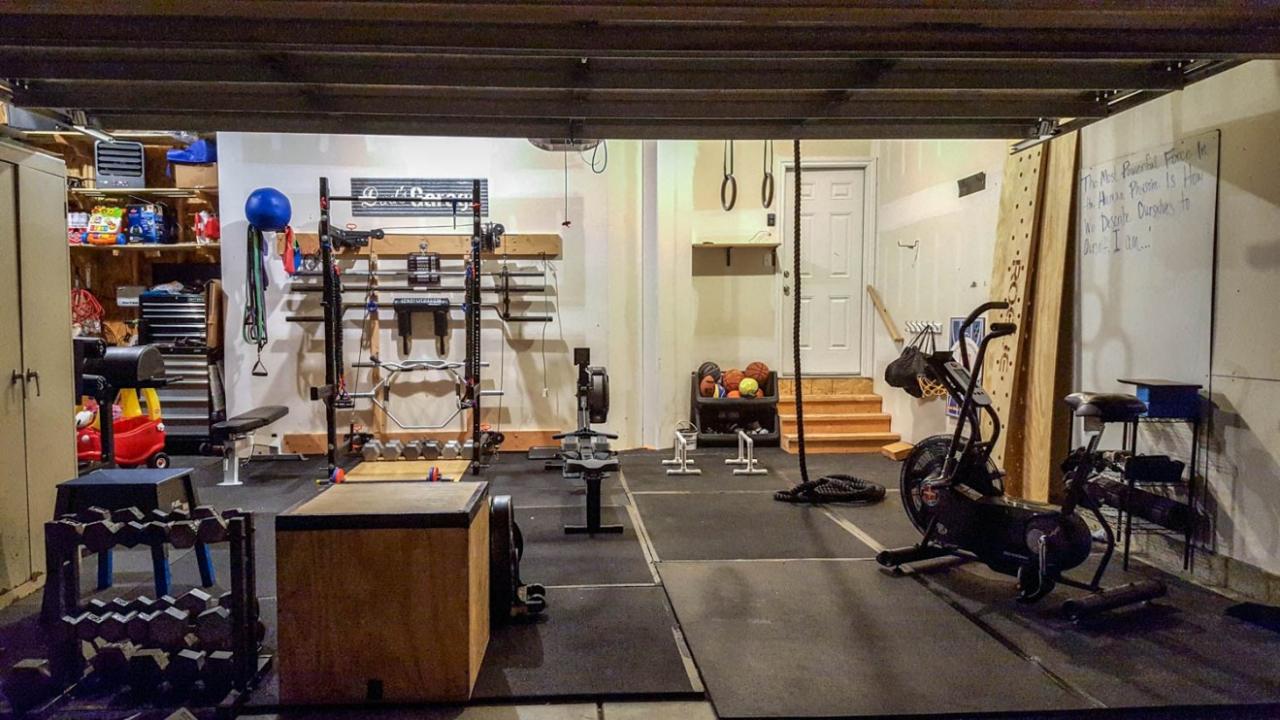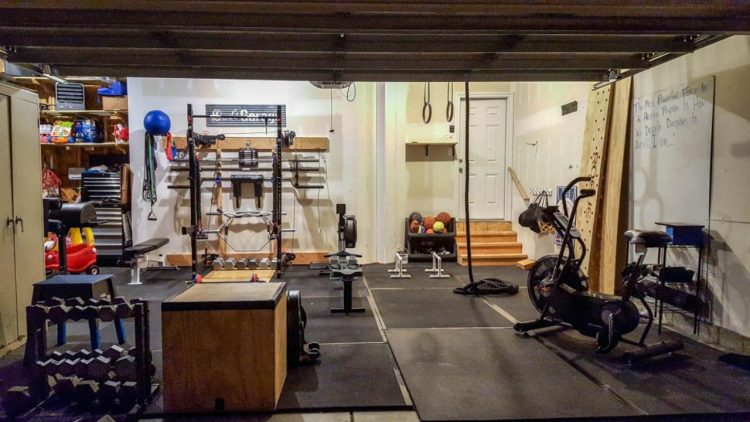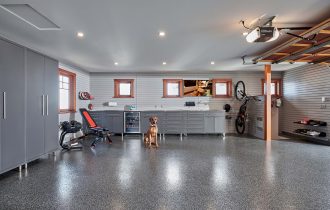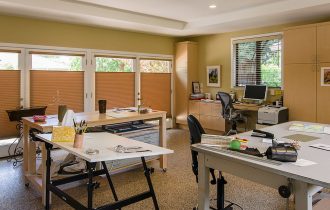Creating a Functional Home Gym in Your Garage

With the convenience and flexibility of a home gym, you can achieve your fitness goals without the need to travel to a commercial gym. If you have a garage that is currently underutilized, it can be transformed into a functional and inspiring workout space. In this comprehensive guide, we will explore the steps to create a functional home gym in your garage. From selecting the right equipment to optimizing the layout and incorporating technological advancements, we’ll help you design a workout space that motivates and supports your fitness journey.
- Assessing the Space
Before you begin setting up your home gym, it’s important to assess the available space in your garage. Consider the following factors:
1.1. Clearing Out Clutter
Start by decluttering your garage to create a clean slate for your gym. Remove any unnecessary items, store seasonal belongings elsewhere, and create designated storage areas for tools and equipment.
1.2. Evaluating Layout and Size
Take measurements of your garage to determine the available floor space. Consider the layout of doors, windows, and electrical outlets to plan the positioning of equipment and storage solutions. Ensure there is enough room for movement and safe usage of equipment.
1.3. Addressing Temperature and Ventilation
Garages can be subject to extreme temperatures, so it’s crucial to address insulation and ventilation. Install proper insulation to regulate temperature and consider adding fans or air conditioning units for adequate airflow during workouts.
- Selecting the Right Equipment
Choosing the right equipment is essential for creating an effective and functional home gym. Consider the following factors:
2.1. Cardiovascular Equipment
Incorporate cardiovascular equipment based on your fitness goals and preferences. This could include treadmills, stationary bikes, elliptical machines, or rowing machines. Opt for equipment with adjustable settings and built-in fitness tracking features for an enhanced workout experience.
2.2. Strength Training Equipment
Include a variety of strength training equipment to target different muscle groups. This may involve dumbbells, barbells, resistance bands, weight benches, or a multi-functional power rack. Select equipment that suits your fitness level and allows for progression over time.
2.3. Functional Training Accessories
Enhance your workouts with functional training accessories such as stability balls, medicine balls, kettlebells, and suspension trainers. These versatile tools can add variety and challenge to your exercise routine.
- Designing an Inspiring Space
Creating an inspiring and motivating environment is crucial for a successful home gym. Consider the following design elements:
3.1. Proper Lighting
Ensure your home gym is well-lit to create an energizing and inviting atmosphere. Maximize natural light by cleaning windows or adding skylights. Additionally, install appropriate artificial lighting that illuminates the entire space evenly.
3.2. Mirrors and Wall Decor
Strategically place mirrors in your gym to check your form and technique during workouts. Mirrors also create an illusion of space and reflect light, making the area feel larger and brighter. Add motivational wall decor, such as inspiring quotes or fitness-related artwork, to keep you motivated during workouts.
3.3. Sound System and Entertainment
Install a sound system or set up speakers to enjoy your favorite workout music. Music has been shown to enhance motivation and performance during exercise. Additionally, consider incorporating a television or tablet setup for streaming workout videos or virtual fitness classes.
- Integrating Technological Advancements
Take advantage of technological advancements to enhance your home gym experience. Consider the following:
4.1. Fitness Apps and Trackers
Utilize fitness apps and wearable trackers to monitor your progress, track your workouts, and set fitness goals. These tools can provide valuable insights into your performance and help you stay motivated and accountable.
4.2. Smart Home Integration
Integrate your home gym with smart home technology for added convenience and control. Use voice commands to adjust lighting, temperature, or music during workouts. Additionally, consider installing smart home security features to ensure the safety of your equipment and belongings.
4.3. Virtual Training and Streaming Services
Take advantage of virtual training sessions and streaming services that offer a wide range of workout classes. Access interactive workouts led by professional trainers from the comfort of your home gym. This provides variety and guidance in your fitness routine.
Conclusion
By transforming your garage into a functional home gym, you can create a convenient and inspiring space to achieve your fitness goals. Through careful assessment of the space, selection of the right equipment, and integration of technological advancements, you can design a workout area that suits your needs and motivates you to stay consistent. As fitness enthusiast and entrepreneur Jillian Michaels once said, “Transformation isn’t a future event; it’s a present-day activity.” Start your fitness transformation today by creating a functional home gym in your garage.


